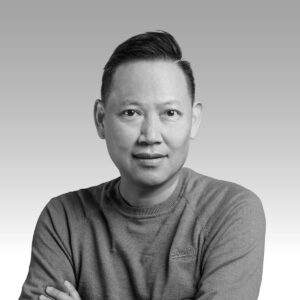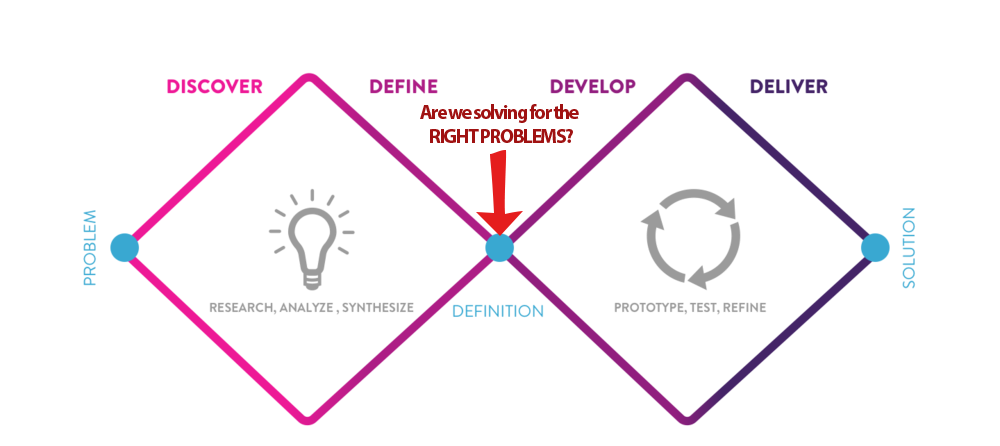
A design leader and problem solver.
My personal mission has always been to create solutions that connect companies and their customers in meaningful ways. I’m proud of the many user-focused experiences I’ve helped create that resulted in happy customers with significantly more profit for the business.
I specialize in product strategy, improving design maturity & design systems.
View my résuméMy Capabilities
UX Strategy
Achieve business goals by employing comprehensive and forward-thinking approach that guides the creation and development of products, services, or experiences.
Workshop Facilitation
Planning, leading and guiding collaborative sessions with cross-functional teams to address UX challenges and generate innovative solutions.
Design Systems
Ensuring consistency and cohesiveness in the design and development of products or digital experiences by creating a comprehensive collection of reusable components, guidelines, and standards.
Design Sprints
To ensure alignment, confidence and momentum, I help businesses collaboratively tackle complex problems and develop innovative solutions in a week.
User Research
Using qualitative and quantitative methods to gather insights and feedback from the users to understand their needs, behaviors patterns, mental models and pain points.
UI Design
User centric UI design aims to create products that deliver a positive user experience and foster user satisfaction, ultimately driving better user engagement and success for the business or organization.
My Design Philosophy
Crafting experiences that seamlessly blend business-driven functionality with empathy-based human emotions.
User-Centered
Start with user needs, goals, and preferences. Follow through during the design process, placing them at the core of all decision making. Focus on user outcomes and iterate with user feedback.
Simplicity
Create structure and hierarchy. Give users responses to the actions they take. Make decisions easy by avoiding paradox of choice.
Accessibility
Make the product usable and accessible to all users, including those with disabilities or diverse needs.
Test, Test, Test
Continuously test product with real users to identify issues, gather feedback, and validate design decisions.
Consistency
Avoid uniformity, but be consistent. Standardize well-tested design patterns. Use ubiquitous language to create familiarity.
Efficiency
Design user journeys and interactions to be efficient, allowing users to accomplish tasks with minimal effort and time.
Aesthetics
Create visually appealing designs that enhance the overall user experience and evoke positive emotions.
Flexibility
Account for different user scenarios by designing flexible user experiences that adapt to a wide range of use cases.
My Process

The Double Diamond should be a familiar picture to any UX practitioner, and I’m no different. Every business goal is contextual and unique, but this is applicable to almost any creative problem situation. I am a strong believer in this Design Thinking based process because it’s iterative, exploratory, human-focused, and problem-oriented instead of solution-oriented.
My tried and true process based on Design Thinking.
1
Establish empathy together as a team & discover
It all starts with a Problem. At this stage, we may not even know truly what our problem is. Because every problem is unique, I employ user research techniques like user surveys, quantitative data, competitive analysis, and user interviews to get as much data about our users, business goals, and pain points as possible. I immerse myself in the user’s point of view by creating journey maps and empathy maps to walk with the team through the users’ problems and discover opportunities for solutions. Solving for the right problem and not creating unnecessary problems to solve are the what drives success.
2
Define and agree on problems collaboratively
With this data, we can begin to define our Problem Statement and form a high level vision of what our solution will look like. I start to distill the raw data into personas to allow the user to trailblaze our design process and remain at the forefront of our goals and focus. I begin to define the information architecture through user stories and user flows. I often recommend customers that they conduct Design Sprints as it is the most effective way to define and ideate big problems.
3
Group ideation
Good ideas can come from anyone. Waiting for one member of the team to create the best idea will be biassed towards their experience. It doesn’t have to take long, there are exercises designed to generate lots of ideas quickly.
4
Prototype, test & refine
Armed with a clearer picture of our solution, I start to refine solutions with higher-fidelity prototypes and usability testing. This is an iterative process that includes quantitative and qualitative methods. User interviews and observations capture harder-to-assess user feedback on emotions, and feelings about the product. A/B testing, heatmapping, and task-oriented usability testing allows us to test for efficiency and efficacy.
5
Deliver & evolve
Once the prototypes and high level features are ready, they are handed-off to the development team – along with dialoguing with developers and quality assurance personnel during various stages of the design and build process, when possible and as applicable. It doesn’t stop there, retrospectives and gather user feedback in the wild, as well as continued learning and insights, can push us to evolve the product in both minute and major iterative cycles. It’s this recognition of the open-endedness of the Agile and the Design Thinking process that is so important to me.